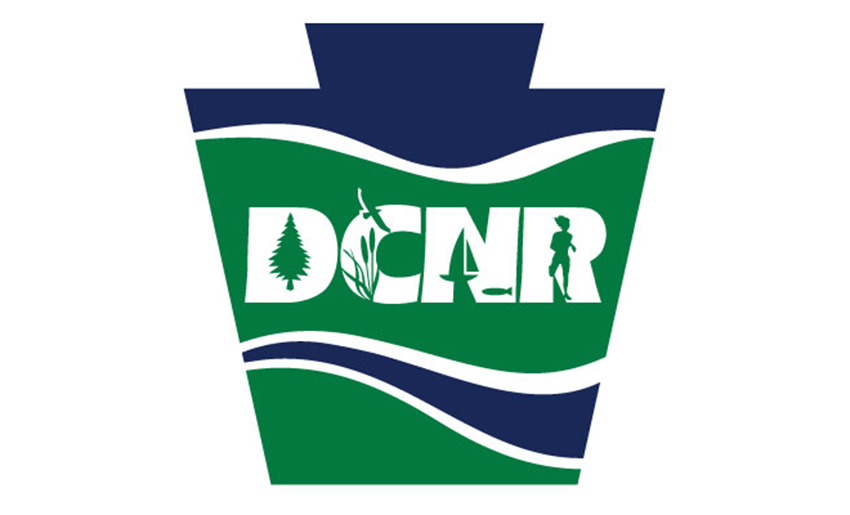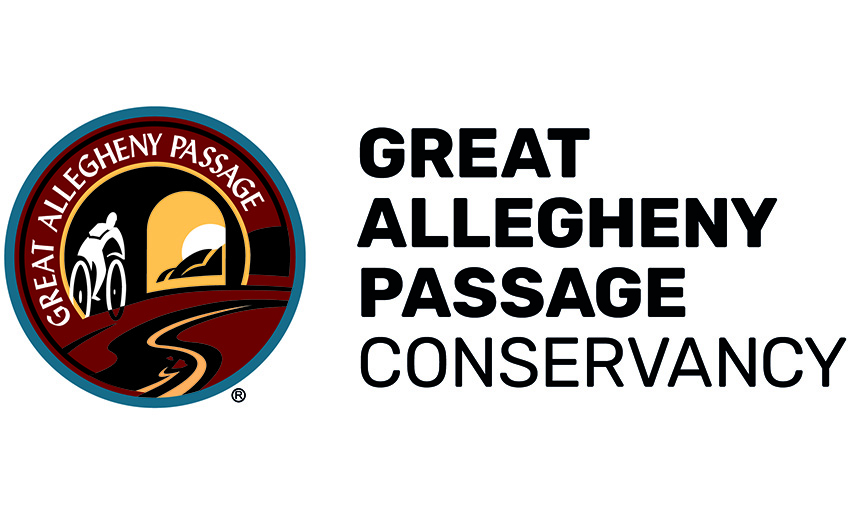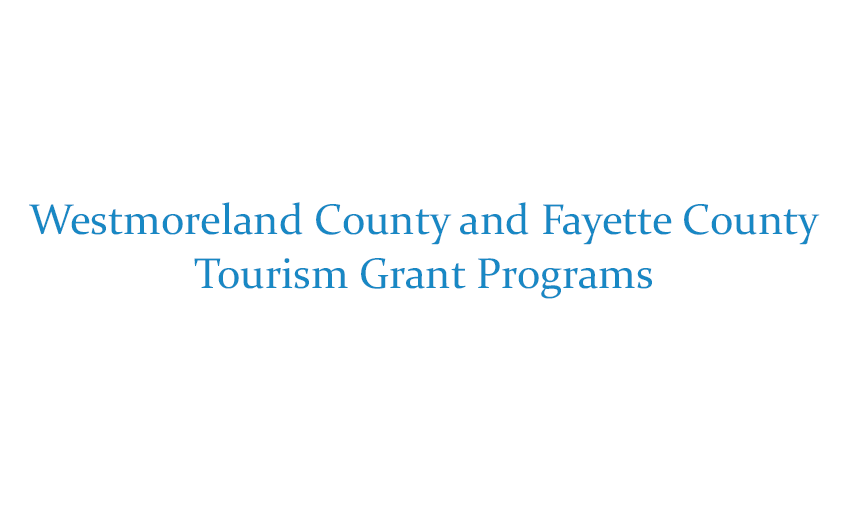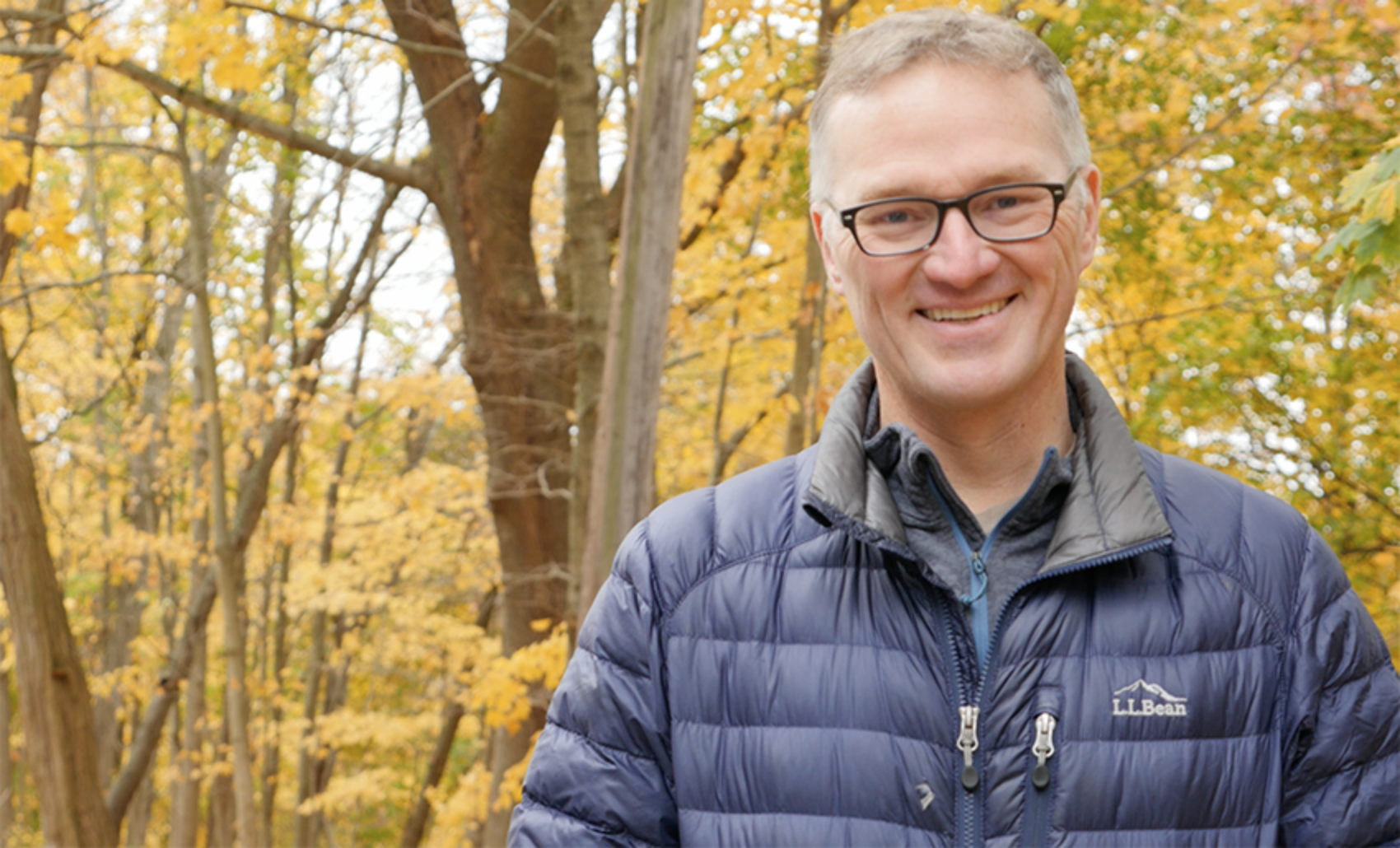“So the Great Allegheny Passage is a wonderful way to see nature. While on the GAP you really see the story of natural rejuvenation. Looking for hints of the past, both natural and recent, is always something I do when I am out here.”
“The Natural Heritage Program is a partnership among the Western Pennsylvania Conservancy, Department of Conservation and Natural Resources, the Pennsylvania Game Commission, the Fish and Boat Commission, and the U.S. Fish and Wildlife Service. We inventory and monitor all the state’s rare plants, animals, and natural communities. So when there are activities that require permits for development, they run it through our database in order to see if there are any negative impacts to those organisms or the habitats they live in.
“Ohiopyle State Park is in the Laurel Highlands. It’s a mountainous region with a diversity of different landscapes which create a number of different natural communities and several rare species. Here, the Youghiogheny River flows from the south into Pennsylvania and does almost an entire loop around the Ferncliff Peninsula.
“Over the course of this section, the river drops about 90 feet from the area just upstream of Ohiopyle Falls, to where the Ohiopyle High Bridge carries the Great Allegheny Passage. And it’s a function of the geology and the amount of water in the watershed that has carved this landscape over time. Water hits a very hard bedrock, Pottsville sandstone. And that creates a series of rapids and boulder scour areas.
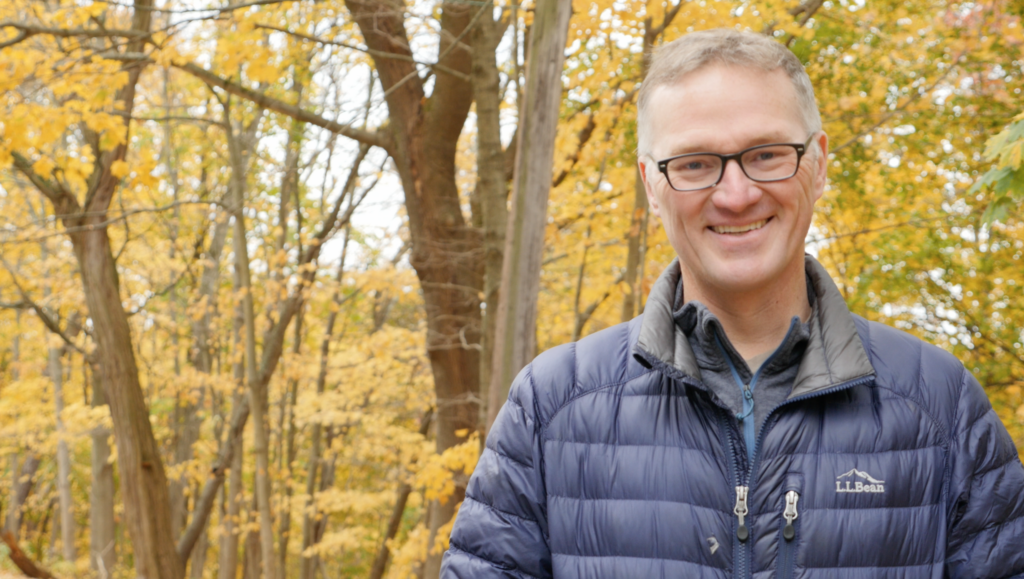
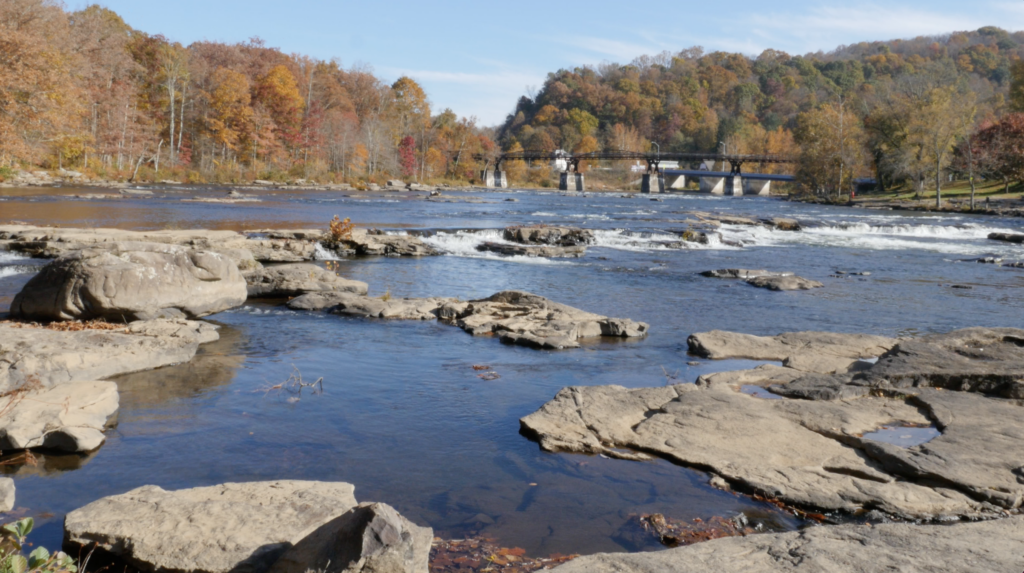
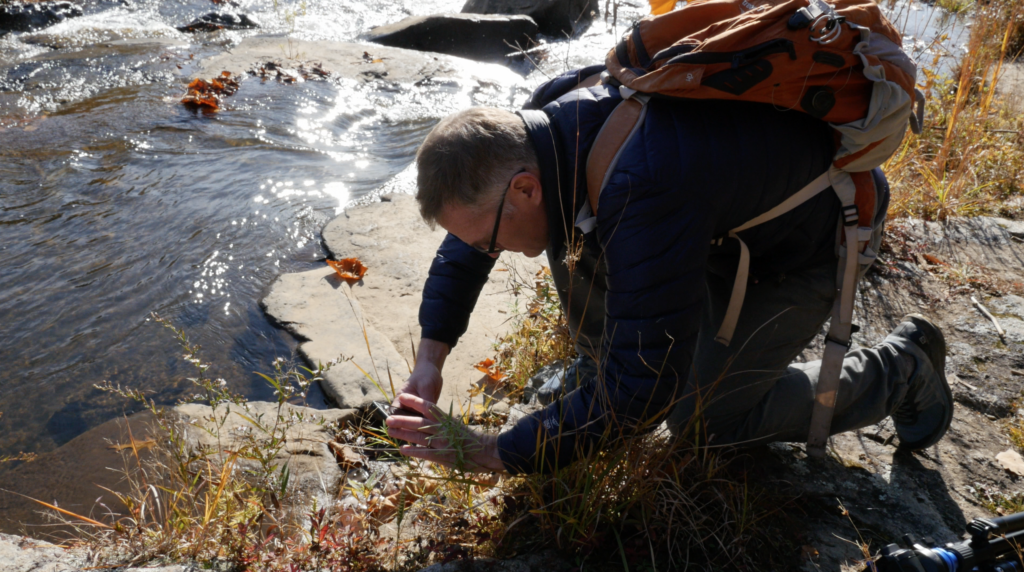
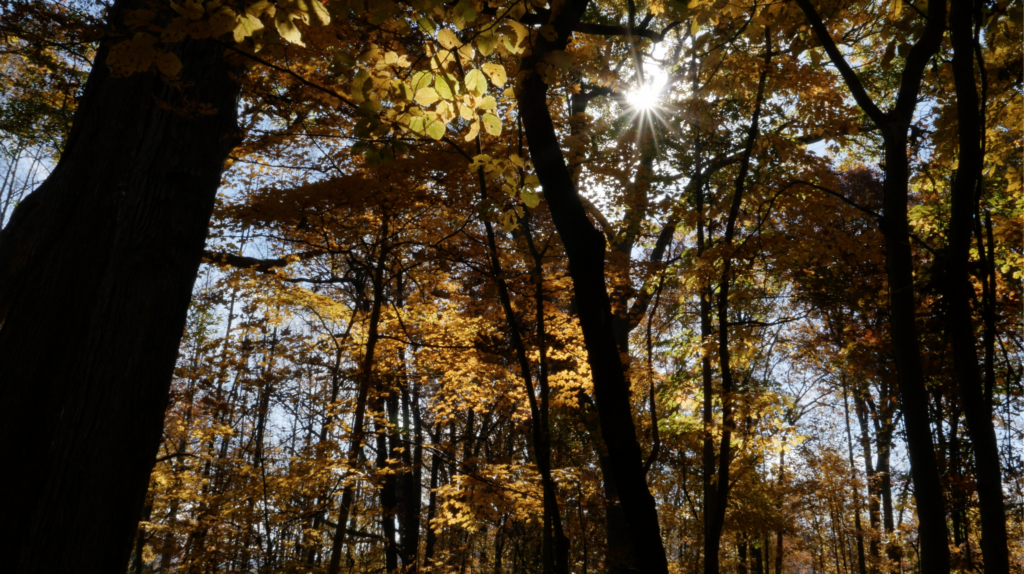
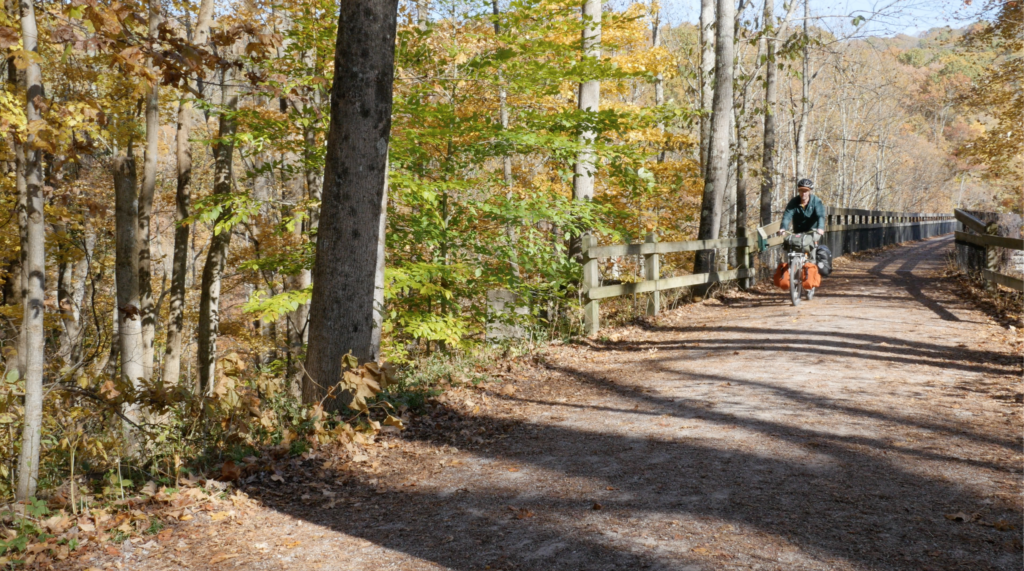
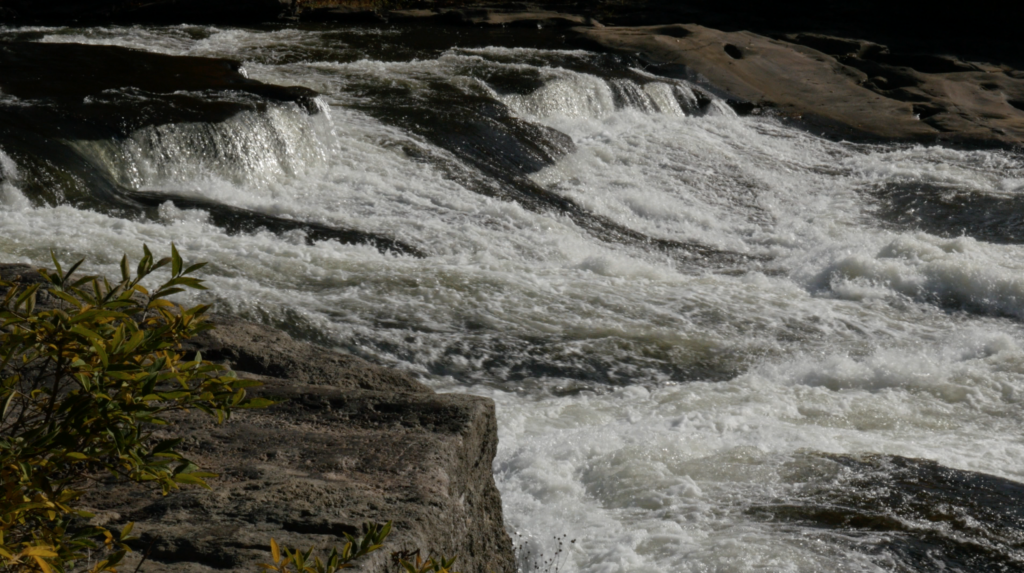
“This river scour ecosystem is an incredible place because of the diversity of species that are there. Large expanses of bedrock and boulders are subject to high intensity flows of water and winter ice. And it creates a prairie-like habitat, full of sun-loving plants, some of which are found in no other places in the region. Scours and other river flood plain ecosystems are protected from harsh weather and late spring frosts, because of the moderating nature of the river. So the scour can support a number of species that are more common to the south.
“So the Great Allegheny Passage is a wonderful way to see nature. While on the GAP you really see the story of natural rejuvenation. Looking for hints of the past, both natural and recent, is always something I do when I am out here. Many of the landscapes that we go through on the Great Allegheny Passage were pastureland, and now they’re forest. So you see large groves of tulip trees, for example, which are an indication of areas that had have been regenerating from more of an agricultural past. Some of the other things that you see are graveyards and homesteads and stone walls. There are all kinds of really interesting features of the landscape that are due to recent human activity.
“People outside of Western Pennsylvania don’t really know how beautiful it is here. I’m from Ohio. Originally, I had no idea that Pittsburgh was so green and that the Laurel Highlands were so spectacular. I love it, but it’s extra special when people come to visit, since they love it too.”
This content was created by Anita Harnish for the Great Allegheny Passage Conservancy and financed through grants from the Pennsylvania Department of Conservation and Natural Resources’ Bureau of Recreation and Conservation, through its Community Conservation Partnerships Program and Environmental Stewardship Fund, administered by Rivers of Steel Heritage Area and Pennsylvania Environmental Council’s Laurel Highlands Mini Grant Program; through funding via the Westmoreland, Fayette, and Somerset County Tourism Grant Programs; and with funds made available by the Great Allegheny Passage Conservancy.
